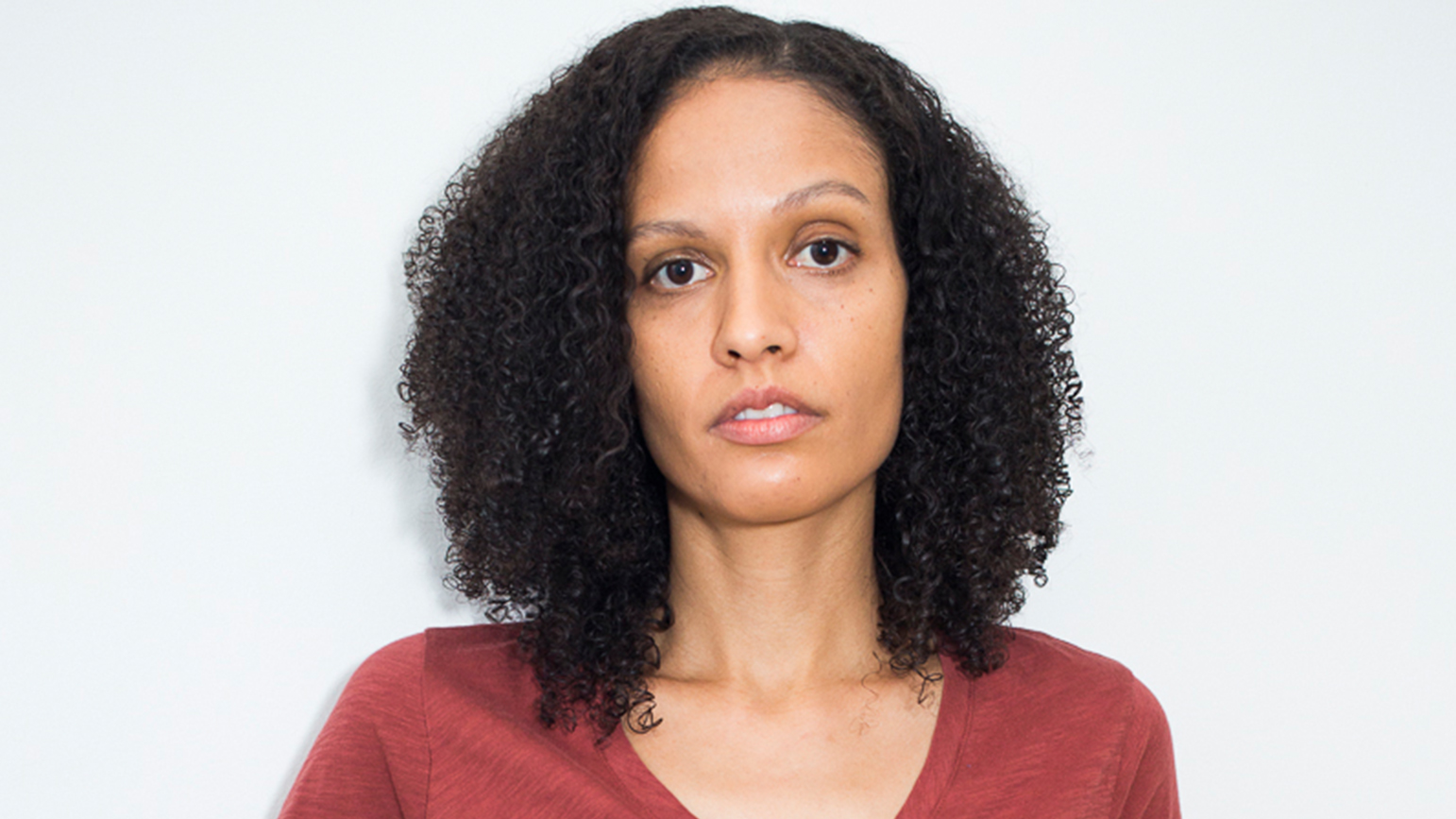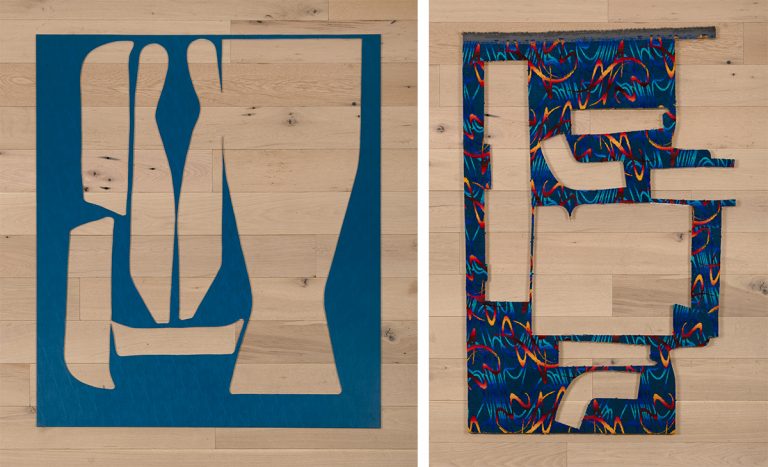
“5 Questions” is a series by the School of Art that asks alumni who are transforming art, culture, and technology about their current work and time at Carnegie Mellon.
Conceptual artist Jessica Vaughn examines the underlying systems of everyday life to expose hierarchies of power and embedded injustices within public and private bureaucracies. Bridging her interest in social history and art making, Vaughn’s work uses quotidien materials to poetically explore how systems and institutions perpetuate inequality.
Her recent exhibition at Martos Gallery, “Receipt of Form,” received positive reviews in Artforum, The New York Times, and Hyperallergic, among others. She will have a solo exhibition at Dallas Contemporary this fall.
Your recent exhibition at Martos Gallery used materials—discarded seats and the remnants of upholstery from a commercial vehicle seating manufacturer—from the Chicago Transit Authority. What drew you to these objects as art materials?
Prior to creating this series, I was working primarily in photography, documenting different city sites and placing my own studio-made sculptures and large paper backdrops in the photo. I was creating a photographic image from these collaged parts. Photographing these varying geographical landscapes brought together the economics, politics, and lived experiences of these city spaces. However, something felt very limiting in this format given the ideas and questions tied to segregation in urban areas. This series of photographs directed my attention to the specific city infrastructure that through practice and design that does this—public transit.
Using discarded public train seating and scrap fabric material from transportation manufacturers to me underscored the relationship of institutional infrastructure (like public transit) that can and does in many urban settings in America divide services, goods and life chances unevenly to people of color. For me, the material itself not only raised these political concerns, but as a mass-produced item, it underscored these realities in a unique way.

How do you see your work fitting into the artistic traditions of the readymade or post-minimalism?
I think of materials as containing an inherent value system, and that they occupy space in very particular ways that are guided by how they are made and how they are used. The traditions of post-minimalism, and I would add conceptualism, really get at what it means to investigate a material’s history, social and political importance, and place in the world.
The use of readymade and found objects in my work, is a way of highlighting the transactional relationship of labor/work to politics. I am drawn to materials and objects that are part of the everyday, and are generally overlooked but have a concrete function or way of operating in context of labor.
At Carnegie Mellon, you combined your study of art with social history, which seems to remain central in your art practice. Could you speak about the role of research in your work?
Having the opportunity to be part of two schools while at CMU was informative for my practice and I think trial and error guided me to how I work today.
In my practice I start with a series of questions, typically tied to thinking about labor, geography, and institutions. I am usually drawn to places where I have lived or worked and from there, I start to think through materials located in those sites that speak to the questions in which I am engaged. For me it’s important to tie my personal experiences to larger institutional structures. That is often where the research in my practice becomes very specific. I do my best to attend to the details and nuances of how infrastructure and systems operate and how those details impact my own experiences with work, and urban spaces as evidenced in my most recent projects like After Willis (Rubbed, Used and Moved).

Could you talk a bit about your time as an undergraduate at CMU’s School of Art? Are there any experiences you had as a student that stand out?
As an undergraduate at CMU I was a BHA student in art and social history. This was a great experience that allowed me to investigate all of my interests while I was there and solidified my professional aspirations to take on a studio practice. I found the open curriculum at CMU to be a bit daunting at first, but this way of working ultimately prepared me for thinking critically about how I make work both formally and conceptually.
Although I did spend quite a bit of time working in printmaking, the School of Art allowed students to work in a lot of different ways, and not necessarily specialize in a particular medium. Printmaking pushed me to understand and recognize the importance of experimentation, and provided the space to just play with materials, understanding what they can do, combining mediums, and pushing materials to their limits. I learned how to use form to communicate content.
My time in the School of Humanities working with Professor Steven Schlossman was formative. At the time, the School of Humanities tended to be pretty quantitative in the way in which students were taught and were expected to conduct research. I found a balance while working with him. The research and writing skills I learned while concentrating in social history informed how I approached my studio practice. My studio while at CMU (and still today) is filled with photocopy upon photocopy of text and appropriated images both historical and contemporary that inform the questions with which I am engaged. I use this material for note taking, and studio sketches.
Do you have any advice to share with our students?
I would highly recommend taking as many studio courses in a variety of mediums as possible. The facilities at the University are unmatched, so take advantage of it particularly if you are new to a medium.
1. Portrait of Jessica Vaughn.
2. After Willis (rubbed, used and moved) #005, 2017, 36 individual pairs of used machine fabricated public transit train seats (Chicago Transit Authority 1998 – 2011) 98 x 225 x 1/4 inches
3. Left: D-90 Blue No.116, 2016 fabric scraps procured from manufacturer (09/2015-11/2016) on plexi 55 × 48 × 1/4 inches; Right: South Beach Blue No.389, # 2, 2017 fabric scraps procured from manufacturer (09/2015-11/2016) on plexi 57 × 38 3/4 × 1/2 inches.




